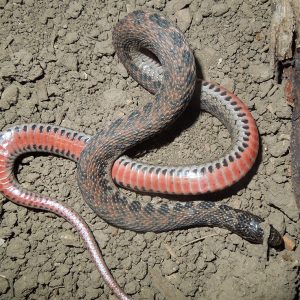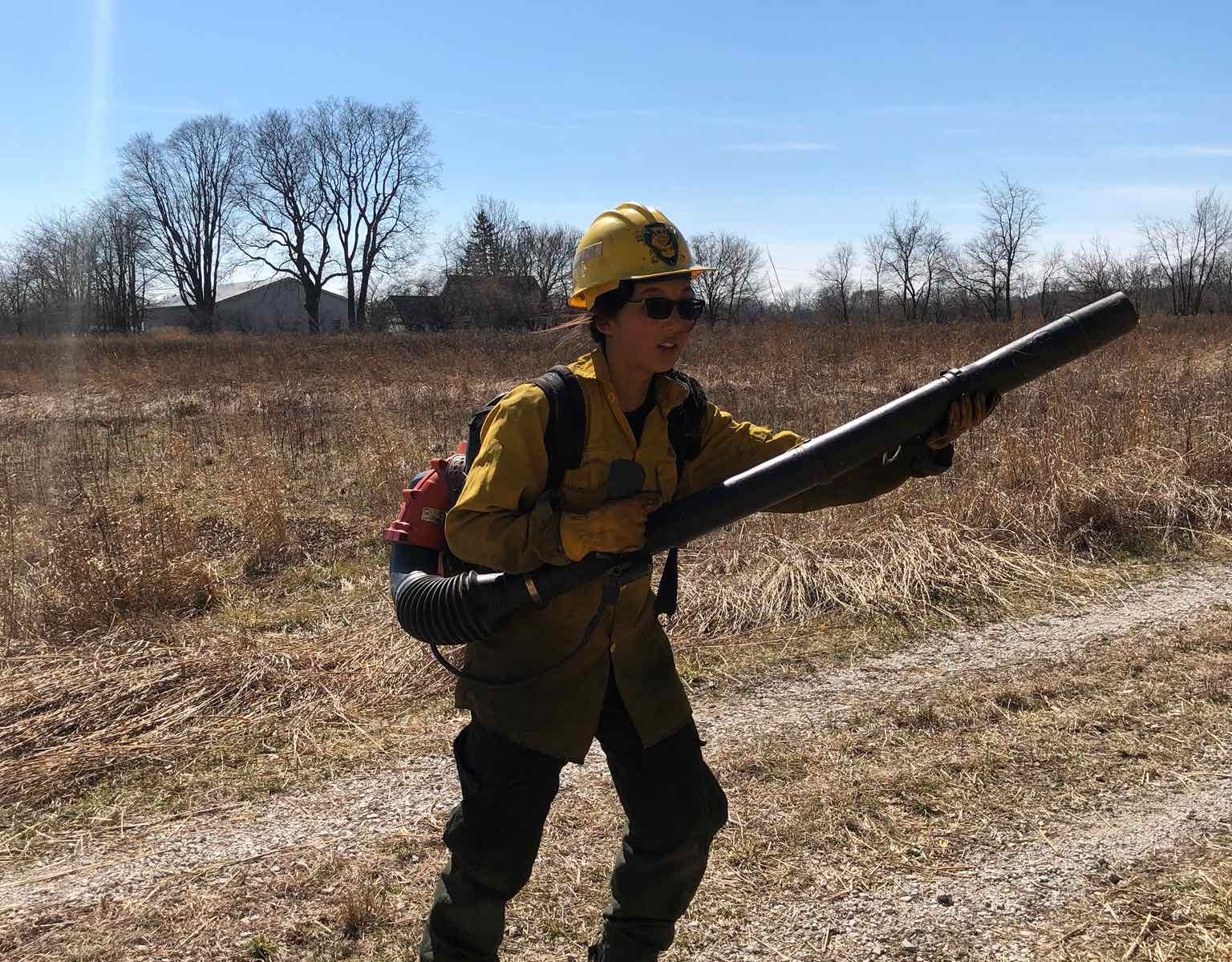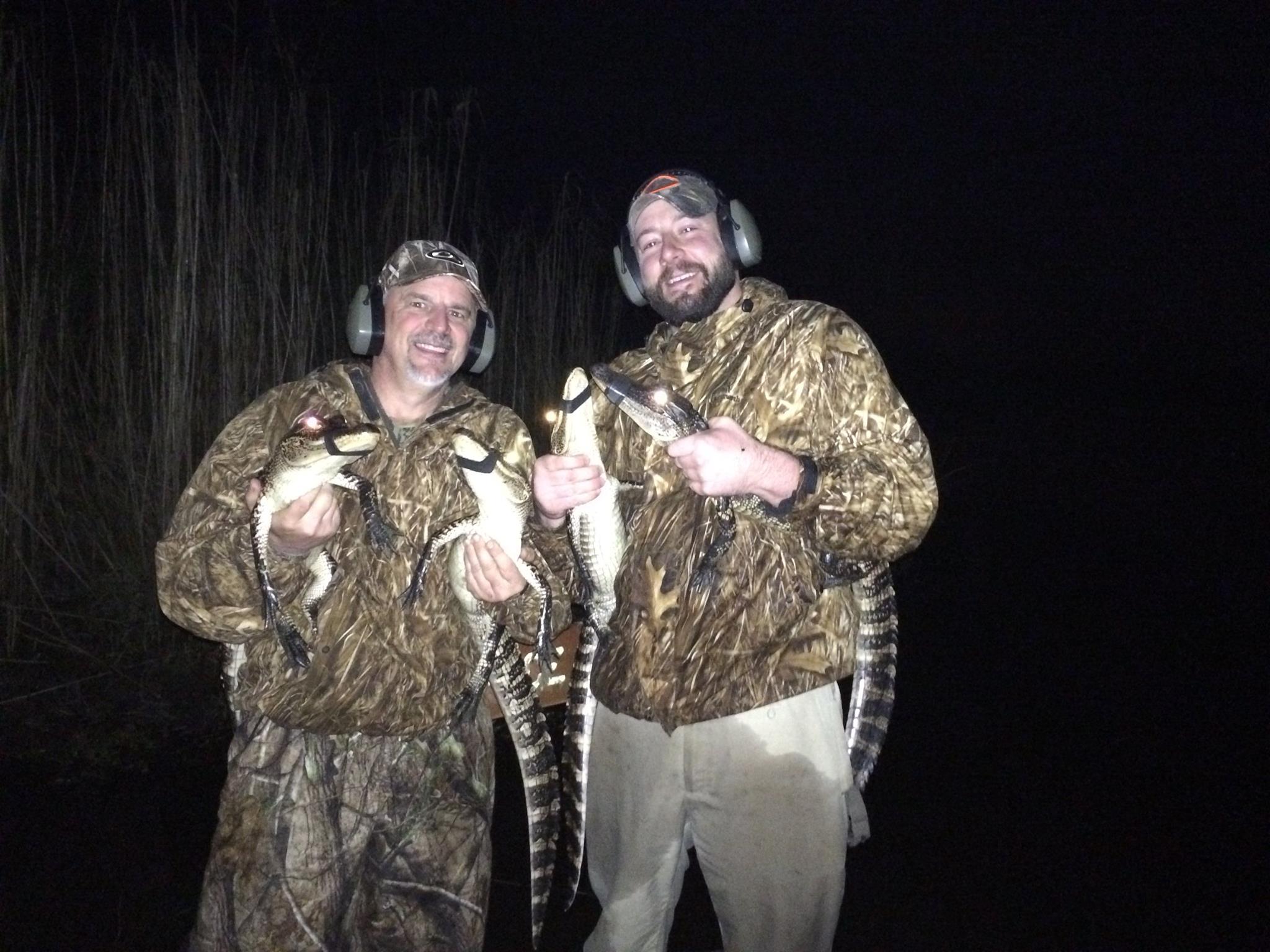
Recent PaCE Lab graduate Tyler Stewart published a paper on his M.Sc. work creating a species distribution model for the rare and cryptic Kirtland’s Snake, Clonophis kirtlandii. He found that surveys Mid-May to early July when there was high cloud cover, moderate air temperature, and low relative humidity enhanced the detection probability of this species.
Abstract
Snakes are difficult to study due to their cryptic coloration, minimal movements, and use of inaccessible habitats. Although well‐timed surveys during a species’ active season can result in higher detection rates and conserve survey resources (i.e., time and money), survey effort may not ensure the detection of rare and cryptic species. Thus, in such instances, a strategic species‐ specific sampling design is needed. The Kirtland’s snake (Clonophis kirtlandii) is a rare, cryptic species assumed to be experiencing range‐wide declines. Naturalists have noted the disappearance of Kirtland’s snakes from various habitats since the early 1970s. The primary objective of our study was to determine detection of Kirtland’s snakes and the environmental and temporal factors influencing detection. We calculated the effort needed to detect individuals at sites by estimating detection probabilities of 3 known Kirtland’s snake populations in Illinois from 2019 to 2021. Based on 77 Kirtland’s snake detections over 226 site visits (34.1%) across 3 study sites, we found that high cloud cover, moderate air temperature, and low relative humidity enhanced the detection probability of this species. The middle of May to the beginning of July was the best time to conduct surveys when detection rates were highest. As our results suggested, it is imperative to establish strategic monitoring programs maximizing conservation resources to document populations for conservation action and range shifts for species of conservation concern, such as Kirtland’s snakes.
Stewart, T. A., A.R. Kuhns, C.A. Phillips, J.A. Crawford, and M.J. Dreslik. 2023. Estimating the effort required to detect Kirtland’s snakes (Clonophis kirtlandii). Wildlife Society Bulletin. http://doi.org/10.1002/wsb.1498



